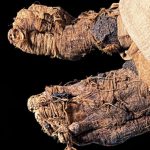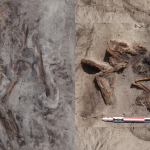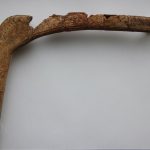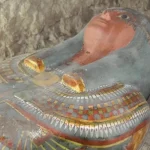Siberian Unicorn Lived Alongside Early Humans
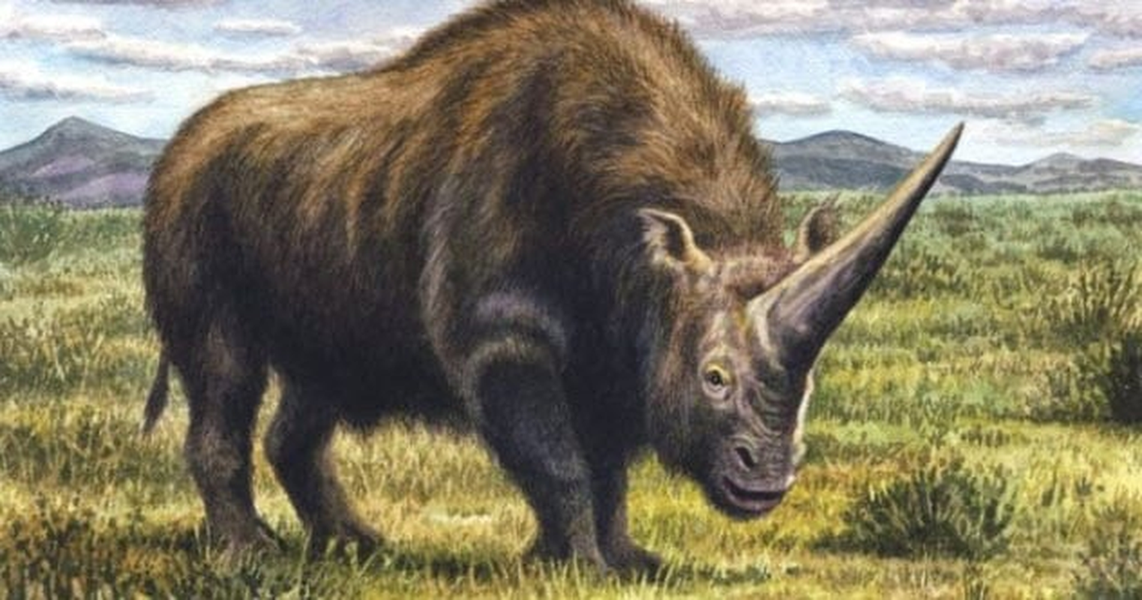
Weighing approximately 3.5 tons and likely possessing the largest horn ever seen in the rhinoceros family, Elasmotherium sibiricum—more commonly known as the Siberian unicorn—once roamed the Earth with pride. But aside from its rhino-like appearance, we know very little about this massive creature. While many large animals that coexisted with modern humans—such as the woolly mammoth and the giant ground sloth—were hunted to extinction, Kosintsev and his colleagues suggest that our ancestors showed little interest in this giant rhinoceros. Instead, they argue that climate change was the main cause of the Siberian unicorn’s extinction.
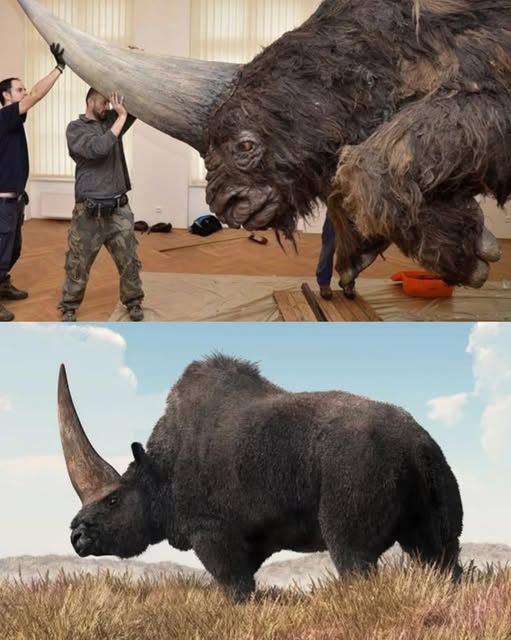
The claim that it went extinct 200,000 years ago was first challenged in 2016 when scientists discovered the skull of an Elasmotherium sibiricum in Kazakhstan, dated to just 29,000 years old. However, the scientific community dismissed the finding, stating that the collagen content in the skull had distorted the radiocarbon dating results.

To support the newer evidence, Kosintsev and his team conducted a series of follow-up studies. They dated 23 fossil samples of the Siberian unicorn, extracted DNA from six individuals, and compared this data with information about the animal’s habitat. The fossil dates ranged from about 39,000 to 50,000 years ago—around the time modern humans appeared in Eurasia. This timeline also coincides with the Late Quaternary extinction event, a period marked by significant global climate changes. According to reports, around 40% of mammals weighing over 45 kilograms in Eurasia perished during this time.
Scientists have long debated what exactly drove many of these ancient species to extinction—was it human activity, or the climate?
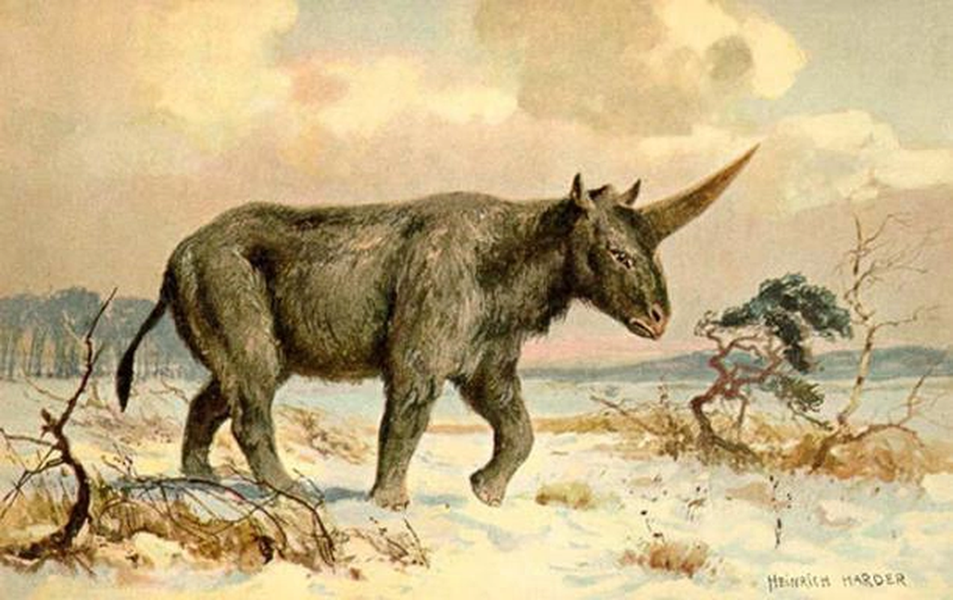
To pinpoint the impact of climate change on the Siberian unicorn, researchers analyzed isotopes in the fossilized teeth of the rhino to reconstruct its diet. They found that these animals specialized in grazing plants found in the grasslands of southeastern Europe and Siberia. Generalist herbivores that could eat a variety of plants survived the climate upheaval, while the grass-specialist Siberian unicorn gradually starved due to a dwindling food supply.
Still, there is a possibility that humans played some role in the extinction of the giant rhino, even though there is evidence suggesting our ancestors were not to blame: cave paintings from the time do not depict the Siberian unicorn, and its bones have not been found in human habitation sites from the period when the species vanished.
One thing, however, is certain: our ancestors witnessed the twilight of one of the most fantastical creatures ever to walk the Earth.



